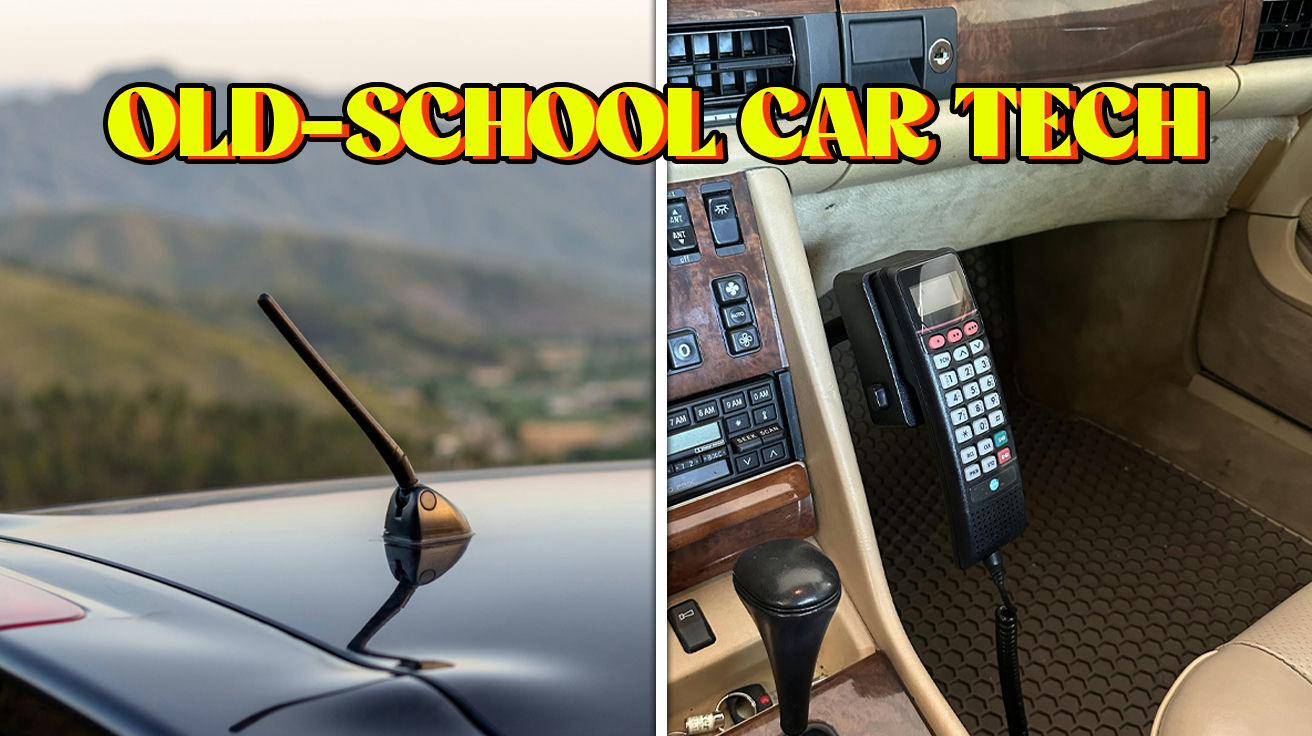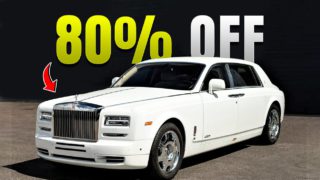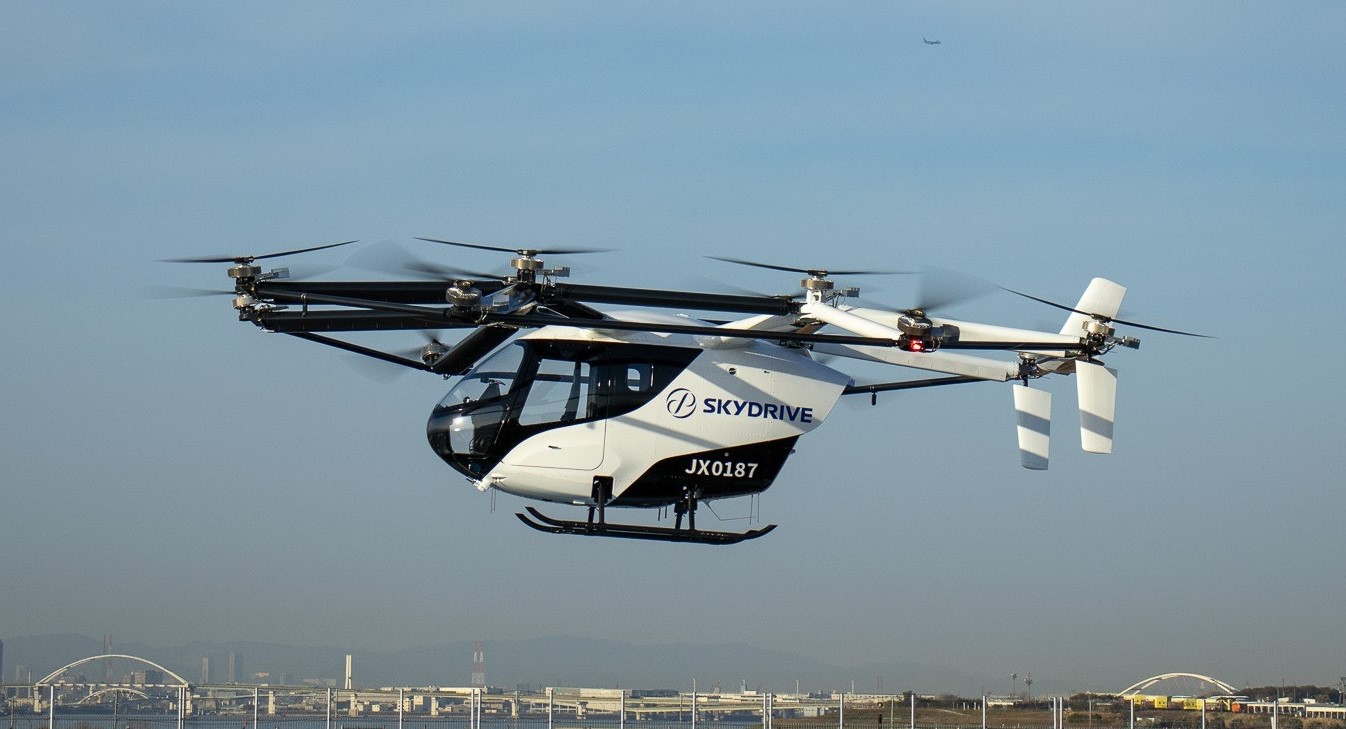Cars once required actual physical strength just to get around town. Turning a non-power steering wheel meant wrestling with forces that would leave modern drivers stranded halfway through a simple parking job. Your passengers had to help adjust those manual mirrors while you constantly tinkered with temperamental carburetors on cold mornings.
These everyday challenges naturally created drivers who truly understood their vehicles inside and out.
Yet today’s push-button simplicity solved these physical problems while unknowingly taking away something valuable—that deeply satisfying feeling of truly mastering a complex machine.
18. Manual Door Mirrors
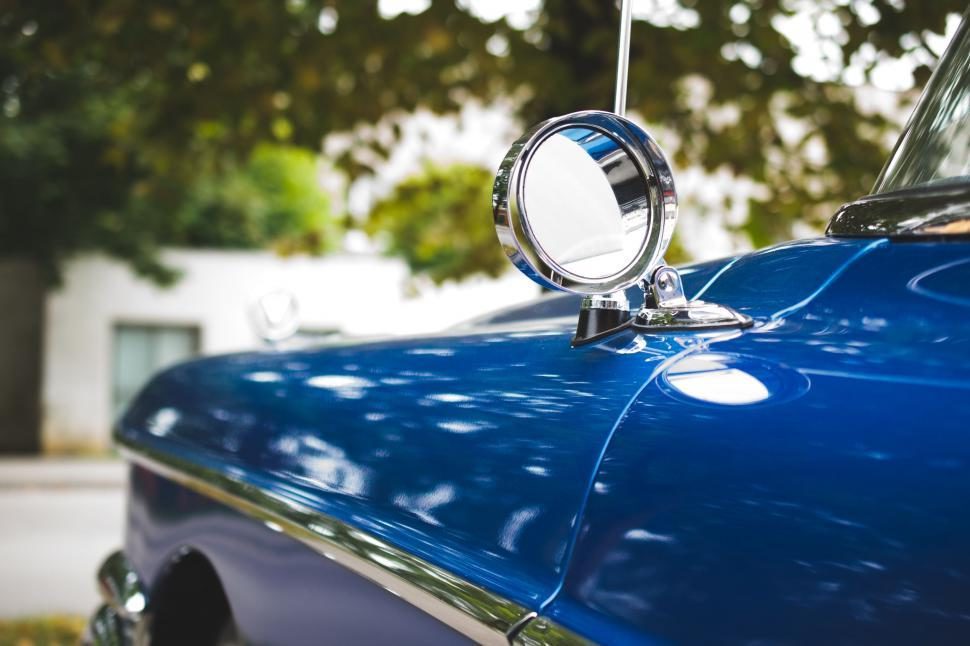
Remember when car trips meant teamwork? Manual door mirrors turned every journey into a bizarre collaboration ritual, as if car designers secretly wanted to test your relationships. Passengers became temporary crew members, leaning out windows like sailors adjusting sails on a choppy sea.
These mirrors, standard from the 1930s through the 1970s, made simple tasks needlessly complex. Modern electronic joysticks have since replaced this participatory theater with the push of a button. Yes, we gained convenience, but lost that magical moment when Dad would bark “Can you see anything?” and Mom would reply “Just fix your own mirror and drive!” Family bonding at its finest.
17. Manual Steering and Brakes
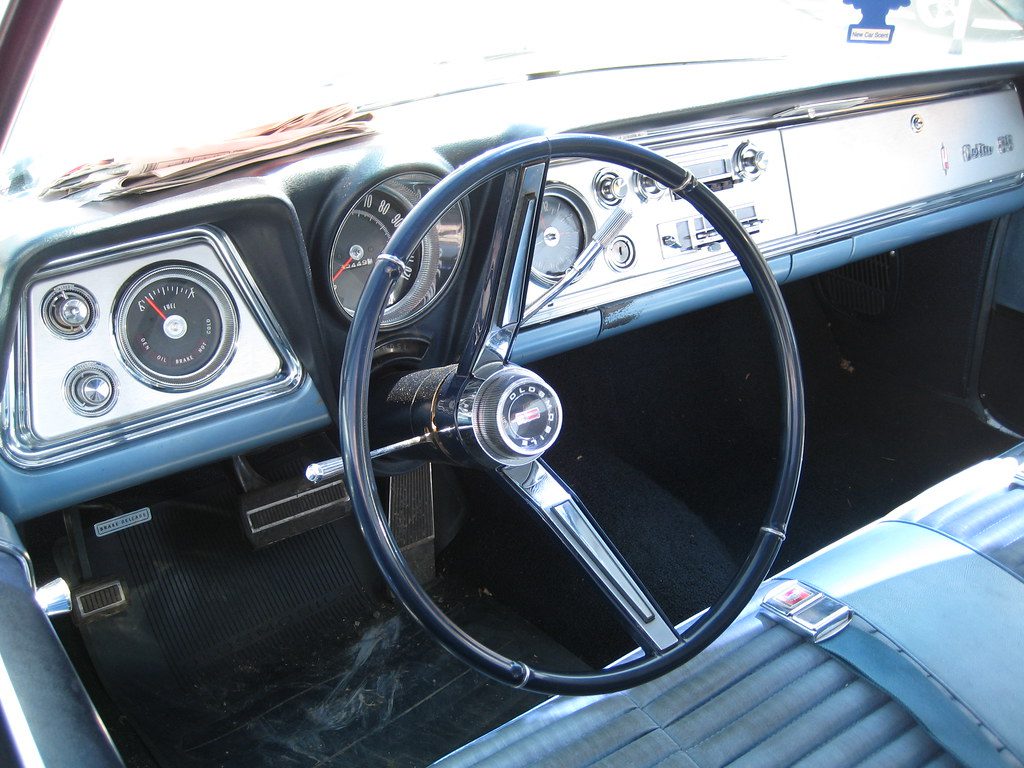
Driving a 1960s muscle car with manual steering was about as subtle as arm-wrestling a gorilla. Every turn required shoulder muscles that would make Thor jealous. The Corvette Stingray demanded actual physical strength to navigate properly.
These systems reduced weight dramatically for drag strip performance, making it pop like popcorn in a microwave. Manual steering created an unfiltered connection to the road—every pebble, crack, and pothole transmitted directly to your fingertips. No computer assistance, no power boost, just you and physics locked in a sweaty tango. Modern drivers who test these vintage systems often walk away with newfound respect and sore forearms.
16. Cassette Tapes
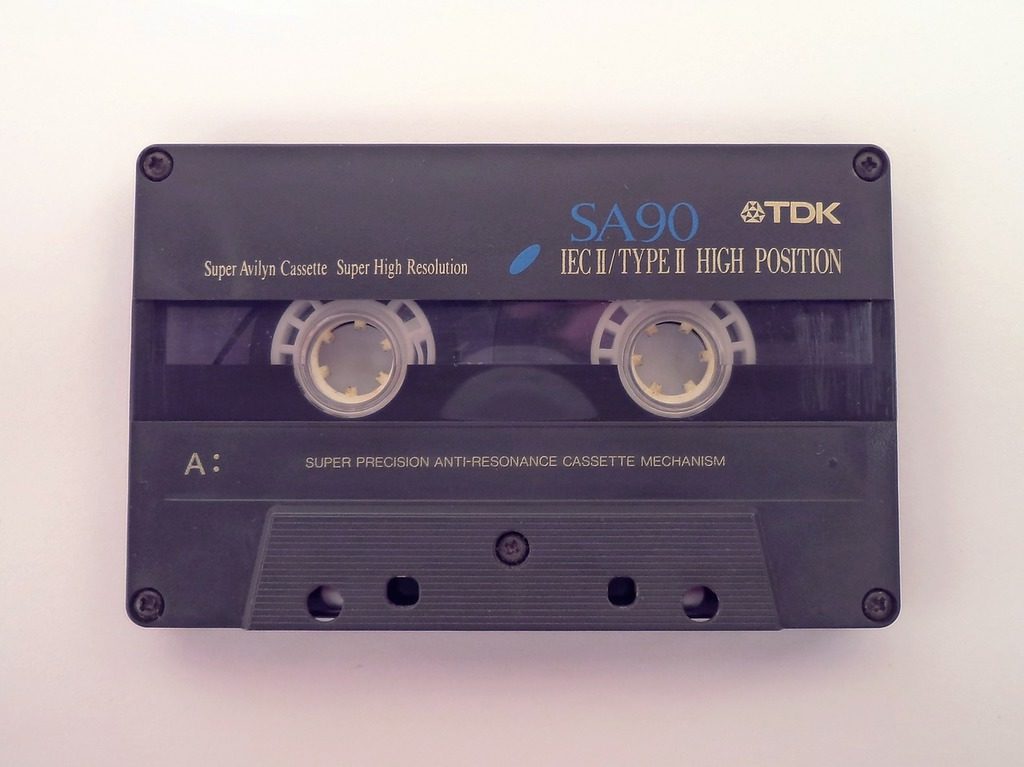
The humble cassette tape wasn’t just storage—it was the original social media platform for car culture. These plastic rectangles of possibility replaced clunky 8-tracks in the 1970s, letting drivers create custom soundtracks for life before “playlist” was even a word.
Small enough to stuff under seats by the dozen yet tough enough to survive coffee spills and dramatic temperature swings. Their hissy audio might sound primitive to digital natives, but cassettes brought a warmth to music that modern streaming can’t touch. The satisfying mechanical click when you pushed one into the deck was the soundtrack of road trip freedom. And finding a pencil to fix a tangled tape? That was the original tech support experience.
15. Compact Discs (CDs)

The CD arrived in cars like a laser-guided revolution blasting away the tedious rewind-forward dance of tapes. Skip buttons? Track selection? These simple features felt more magical than teleportation in 1990. Drivers suddenly became track-hopping DJs, crafting perfect highway soundscapes without taking their eyes off the road.
Those silver discs brought crystal clarity that made engines sound muffled by comparison. The ritual of flipping through CD wallets became as essential to driving as checking mirrors. Of course, the relationship was fragile—one coffee spill or forgotten disc on the dashboard later, and your favorite album transformed into a science experiment on laser diffraction. The scratch—that tiny invisible villain—could turn Bohemian Rhapsody into a stuttering nightmare faster than you could say “Mama mia.”
14. Carburetors
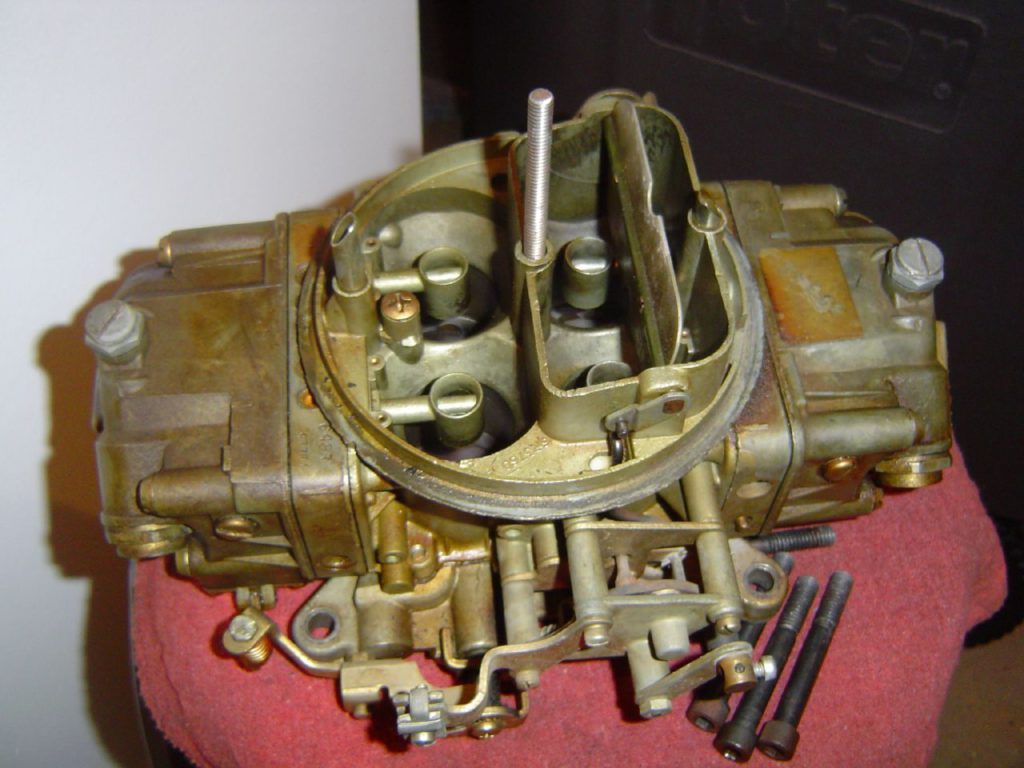
Before electronic fuel injection turned engines into soulless computers, carburetors ruled with mechanical majesty. These complicated air-fuel mixers demanded respect, attention, and occasionally, violent threatening with a wrench. Names like Holley, Carter, and Stromberg weren’t just brands—they were temperamental deities requiring constant appeasement.
Tuning a carburetor properly was half science, half black magic. That perfect idle, that sweet spot of throttle response—it took ears trained to hear symphonies in engine notes. Cold starts often meant elaborate rituals involving pumping pedals and muttering curses. The flooding engine, that distinctive smell of raw gasoline, became the calling card of carburetor ownership. Modern drivers will never know the satisfaction of solving a mechanical puzzle with their own hands instead of plugging in a diagnostic computer.
13. Manual Choke

The manual choke was the automotive equivalent of a secret handshake—only the initiated understood its mysteries. This simple dashboard knob stood between you and motion on frosty mornings, demanding a delicate touch that separated automotive adults from children.
Pull too much and the engine drowns in fuel like a teenager with their first beer. Too little and the motor coughs pathetically before dying altogether. Temperature-sensing automatic chokes eventually rescued drivers from this morning ritual, but something was lost in translation. That tiny knob created a direct connection between human and machine that no push-button start can replicate. It made every cold start a tiny victory, a reminder that driving once required skill beyond tapping a touchscreen.
12. Windshield Wipers Without Intermittent Settings
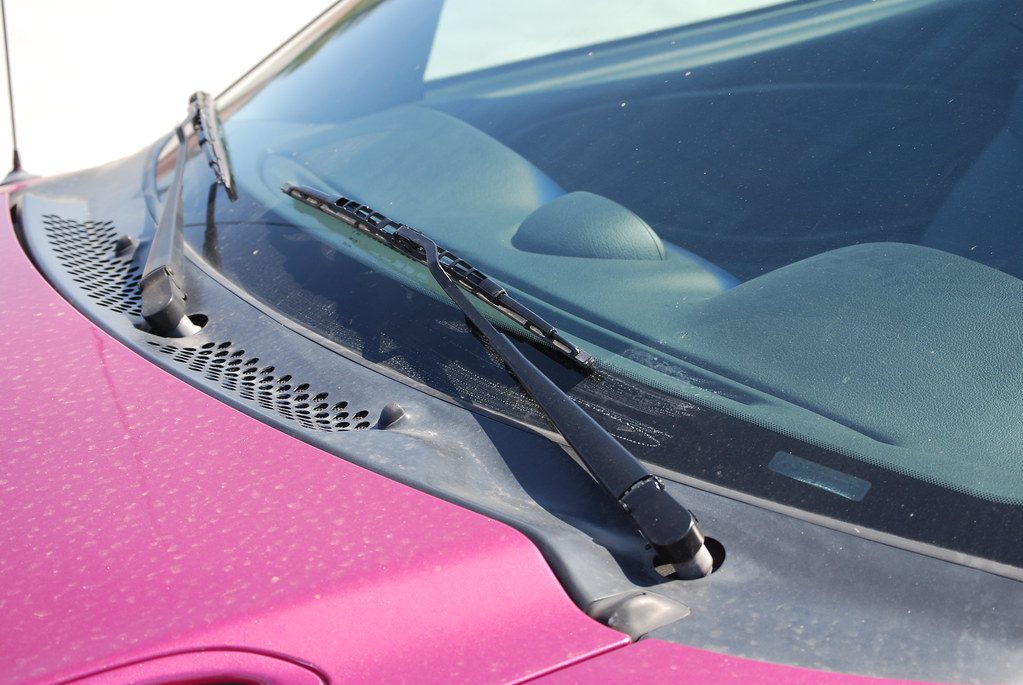
Driving through drizzle without intermittent wipers was automotive torture comparable to watching all nine Fast and Furious movies back-to-back. Drivers faced an impossible choice: constant screeching across nearly-dry glass or manually clicking wipers on-off every few seconds like some demented metronome.
This all changed when engineer Robert Kearns invented intermittent wipers, inspired by the human eye’s natural blinking pattern. Major manufacturers’ enthusiasm for his design was so great that they simply “borrowed” it without permission. Kearns fought back through courts for nearly two decades, eventually securing millions in compensation. Today’s drivers casually flick through multiple intermittent settings without realizing they’re enjoying technology that sparked one of automotive history’s greatest David-versus-Goliath legal battles.
11. Bias Ply Tires
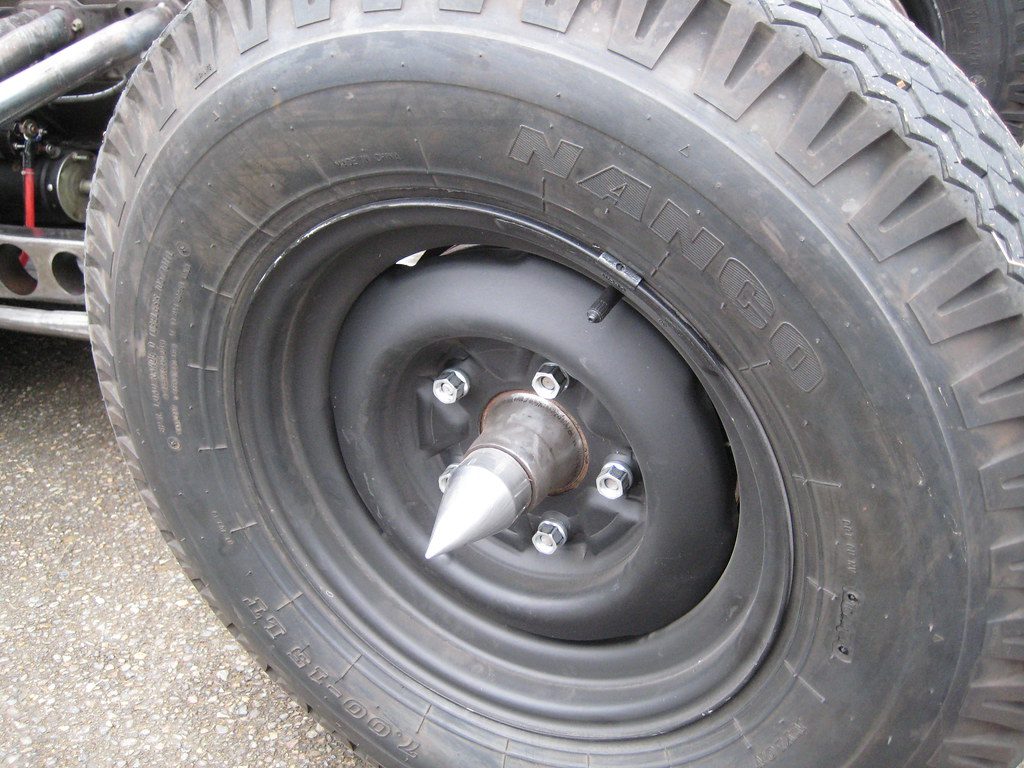
Bias ply tires gripped the road with all the authority of a toddler trying to hold a greased watermelon. These pre-1970s rubber donuts transformed high-powered muscle cars into unguided missiles whenever roads curved or surfaces moistened. The lack of lateral grip wasn’t just noticeable—it was terrifying.
About 70% of genuine driving enthusiasts today prefer modern radials, and for good reason. Bias ply technology made cornering an exercise in prayer rather than physics. The introduction of radial construction revolutionized handling, braking, and general survivability. While period-correct restoration projects still use bias ply tires for authenticity, most owners quietly switch to radials when actually driving—much as one might admire ancient Roman sandals while reaching for modern running shoes when late for a bus.
10. Vent Windows
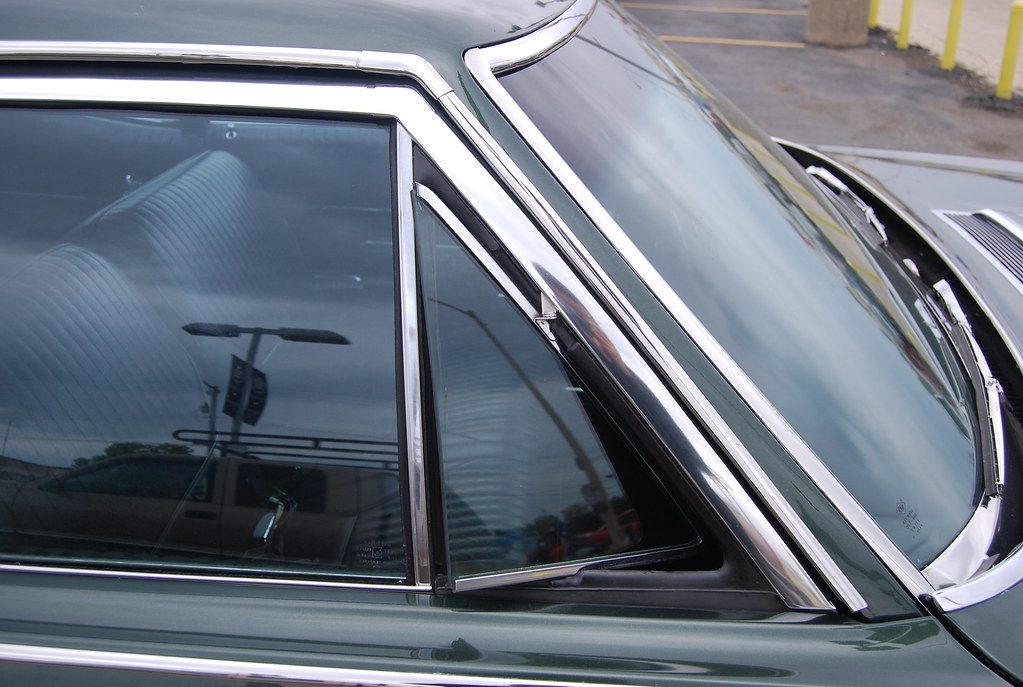
Vent windows were the original climate control system, back when air conditioning meant rolling down all four windows and praying for a breeze. These small pivoting quarter windows directed air with surprising precision, creating tornado-like circulation that could either refresh or decapitate depending on your hair length.
Standard until the late 1960s and lingering in trucks through the 1980s, these clever portals made hot summers bearable. Smokers particularly cherished them as the perfect ash-flicking portal. Their disappearance coincided with rising environmental awareness and improved AC systems, but nothing in modern cars matches their elegant simplicity. Just crack the vent window slightly, and suddenly that new-car smell wasn’t something to brag about but something to evacuate.
9. Four-Wheel Drum Brakes
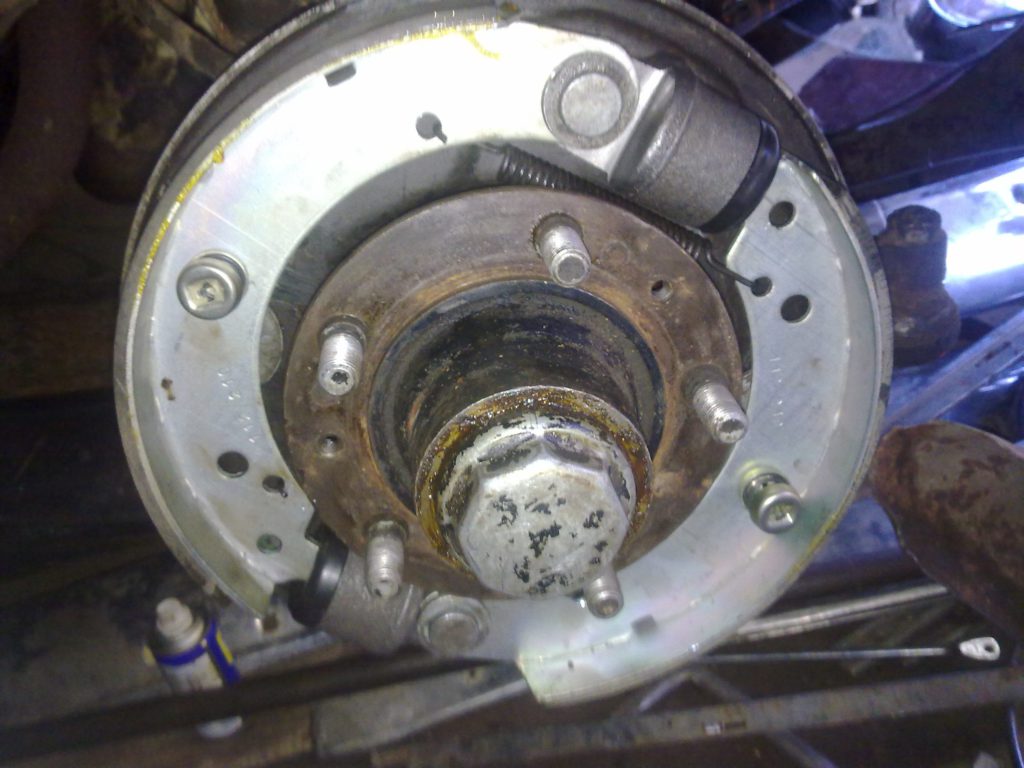
Four-wheel drum brakes brought vehicles to a stop with all the confidence of a politician answering a direct question. These antiquated systems faded faster than summer romance, especially during repeated stops or rainy conditions. By the early 1970s, most manufacturers had switched to front disc brakes out of simple self-preservation.
The physics worked against drums from the start. Heat buildup during braking reduced friction exactly when you needed it most. Water easily entered the drum assembly, creating a slick surface between shoes and drums—perfect for ice skating, terrible for stopping two tons of moving metal. The transition to disc brakes represents one of automotive history’s most significant safety advancements, evolving further with anti-lock technology. Driving a car with four-wheel drums today feels like watching black-and-white television—a nostalgic reminder of how far we’ve come.
8. Sealed Beam Headlamps
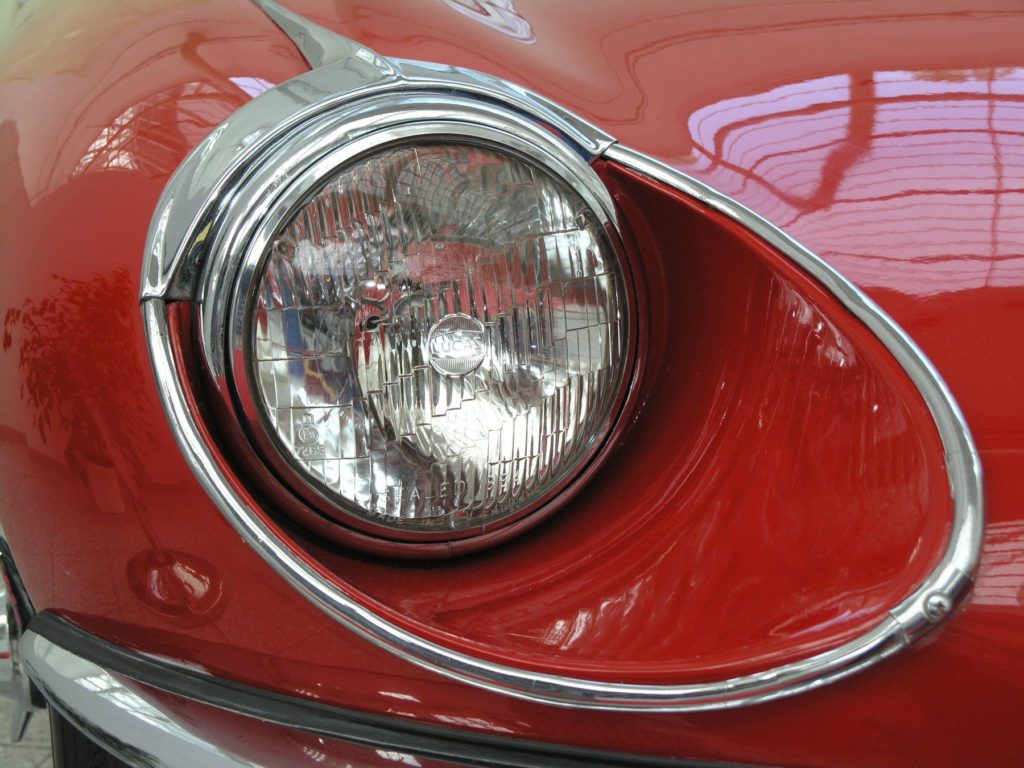
Early sealed beam headlights cast about as much illumination as a birthday candle in a hurricane. Night driving with these dim bulbs required the vision of an owl and the nerve of a test pilot. Their modest glow barely penetrated darkness, transforming nighttime journeys into adventures in sensory deprivation.
Halogen technology in the 1970s finally brightened the landscape, while today’s LED and laser systems turn night into day with scientific precision. Modern adaptive headlights can even adjust beam patterns automatically based on traffic conditions—a far cry from the fixed, feeble beams of yesteryear. The progression from basic illumination to intelligent lighting systems perfectly demonstrates how technology can enhance safety without sacrificing soul. Those original sealed beams belong in museums, not on roads where humans value seeing obstacles before hitting them.
7. AM Radio
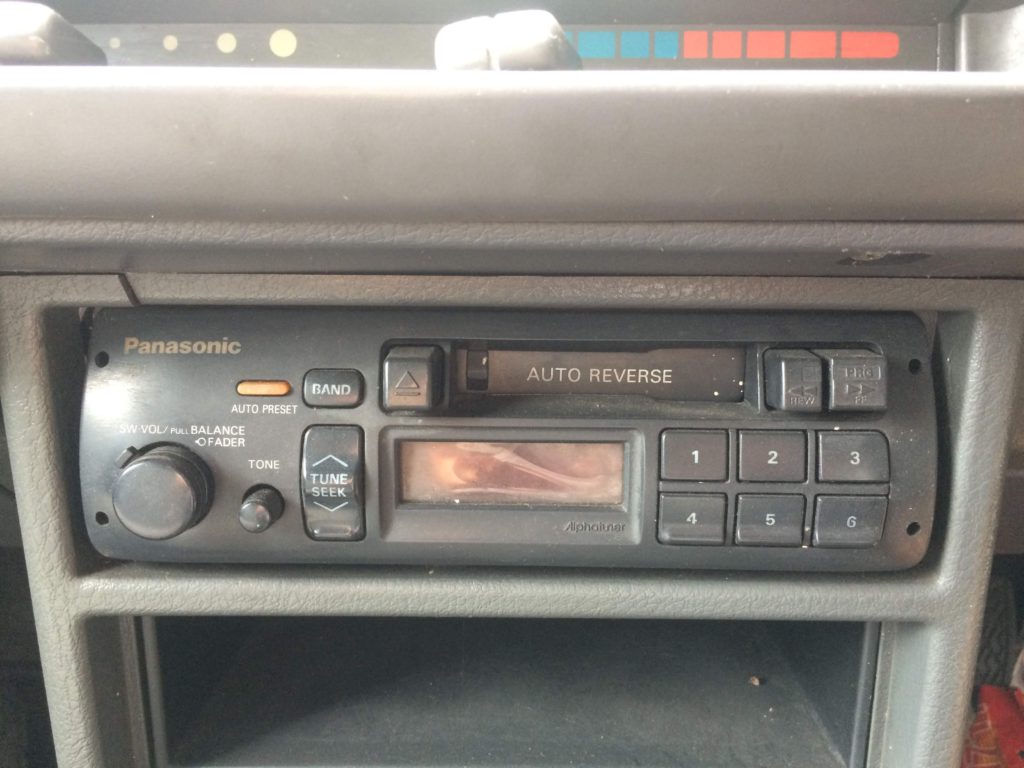
Car audio began with AM radio—a scratchy, static-filled experience about as high-fidelity as listening to music through a soup can telephone. These simple receivers brought entertainment to drivers, albeit with sound quality comparable to a cat walking across piano keys during an electrical storm.
FM radio didn’t become standard until the late 1960s, leaving earlier motorists at the mercy of amplitude modulation and its vulnerability to every electrical interference. Despite technical limitations, legendary radio personalities and stations achieved cult status among drivers. The breakthrough of cassette players in the 1970s transformed cars into personal concert venues where listeners controlled the setlist. Today’s streaming generation can’t comprehend the joy of finally escaping static as you crested a hill, briefly capturing that elusive clear signal before plunging back into audio fog.
6. Diesel Engines
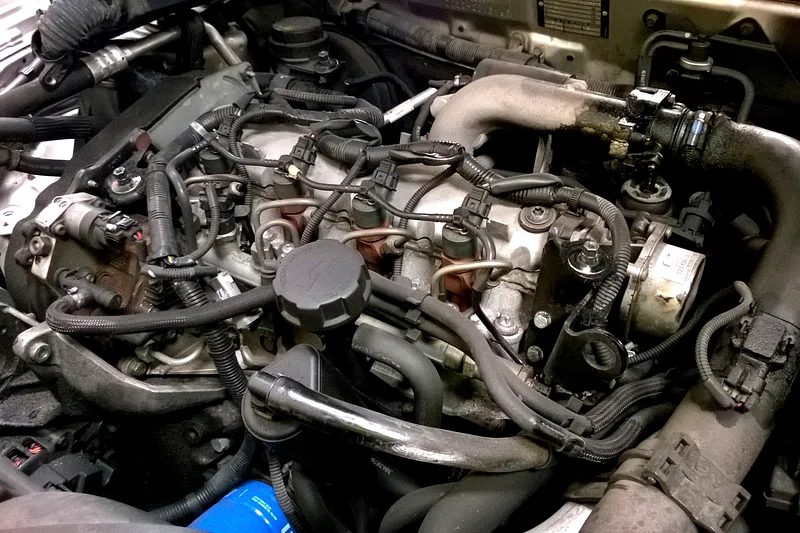
Old diesel engines announced their presence with the subtlety of a jackhammer at a library. These clattering, smoke-belching powerplants once enjoyed respectable status before falling from grace faster than a celebrity after an offensive tweet. General Motors’ catastrophic 5.7L diesel V8 from 1981 performed mechanical harakiri with stunning regularity.
The final nail in the diesel coffin came when Volkswagen’s emissions scandal revealed “clean diesel” was about as truthful as “jumbo shrimp.” The distinctive rattle and rumble that once signified durability now represents an endangered species on American roads. Most young drivers encounter these engines only in commercial trucks or vintage Mercedes sedans kept alive by dedicated enthusiasts. Modern gas engines now achieve comparable efficiency without the noise and smoke, while electric vehicles accelerate with silent authority that makes old diesels seem prehistoric.
5. Power Antenna
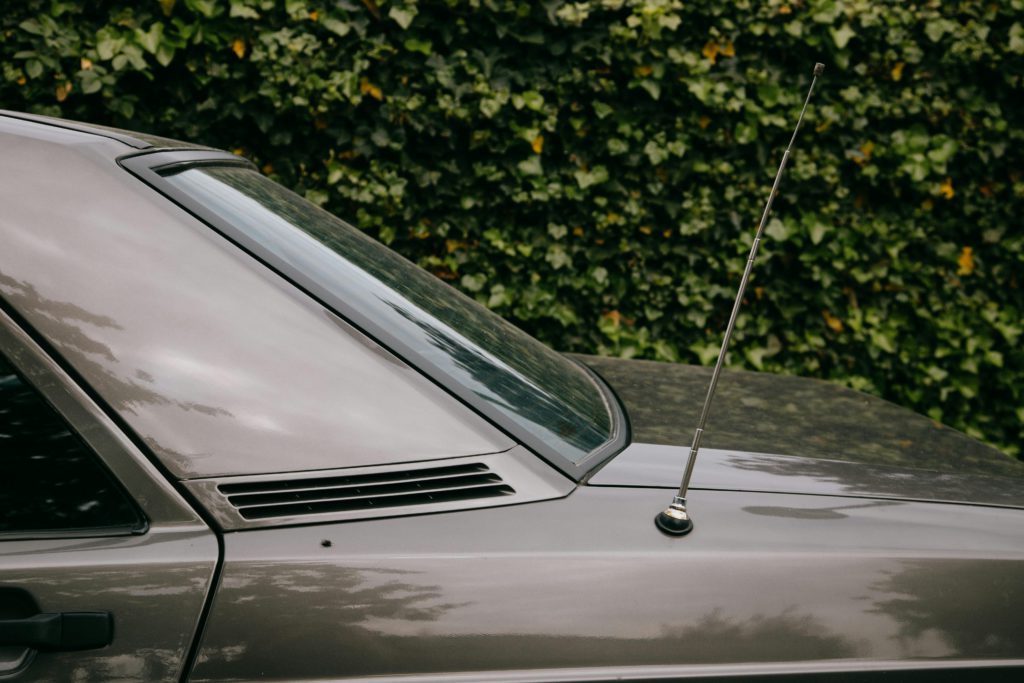
The power antenna was automotive theater—rising majestically when the radio activated, then disappearing discreetly when silenced. This mechanical marvel looked impressive in showrooms but typically failed faster than New Year’s resolutions, often within months of purchase.
Automatic car washes became these antennas’ natural predators. The slightest bend in the mechanism created permanent dysfunction, either trapping the antenna in permanent salute or rendering it permanently hidden. Modern vehicles have wisely abandoned these fragile systems for integrated designs embedded in windows or compact fixed antennas. The power antenna represents everything wrong with unnecessary complexity—an elegant solution to a problem nobody had, creating headaches owners didn’t need. Sometimes automotive evolution means recognizing when simplicity trumps spectacle.
4. Motorized Seatbelts
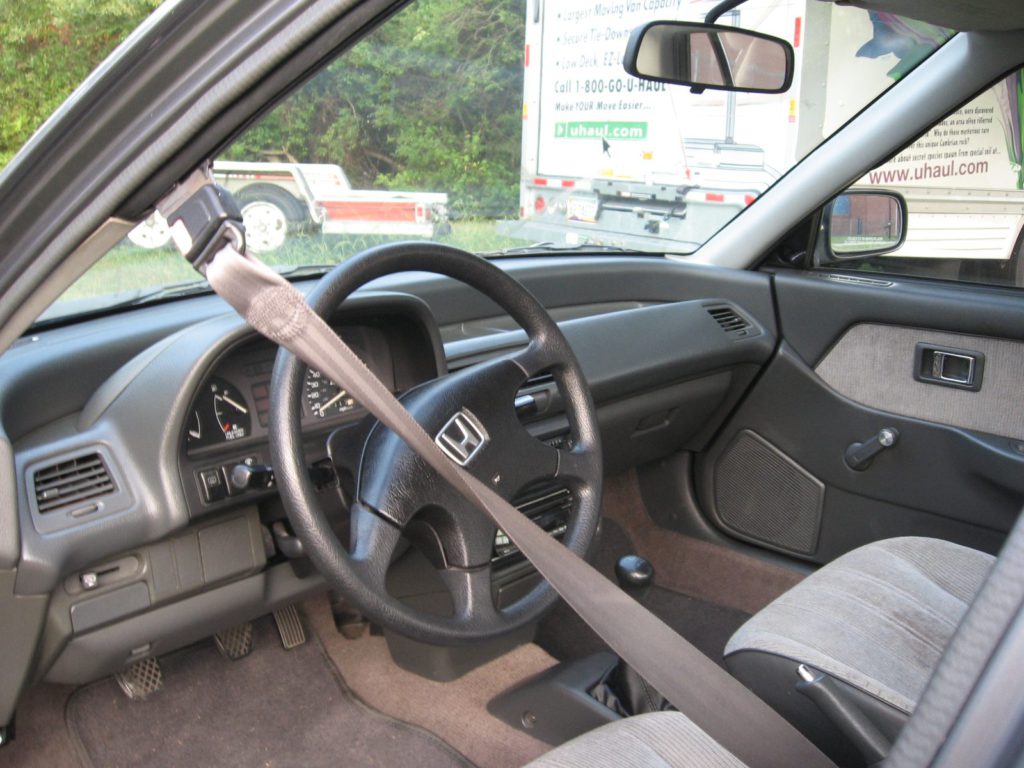
Motorized seatbelts of the early 1990s moved with all the grace and speed of continental drift. These automated shoulder belts slid along ceiling tracks when doors closed, theoretically securing occupants without human effort. In reality, they created a false sense of security while underdelivering on safety.
thoughtful implementation. Modern vehicles feature vastly superior three-point belts and advanced airbag systems that protect occupants without the theatrical automation. Sometimes progress means admitting an idea was clever but misguided, much like mullets or diet chocolate.
3. Fixed Steering Columns
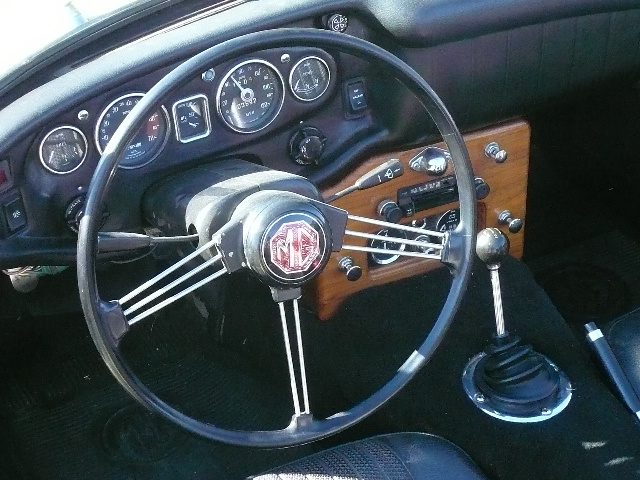
Early fixed steering columns offered all the ergonomic adjustment of medieval torture devices. These rigid, immovable shafts forced drivers to adapt their bodies to the car rather than vice versa, creating comfort levels comparable to sitting on a cactus for taller or shorter drivers.
Luxury manufacturers finally addressed this oversight mid-century. Jaguar introduced telescoping adjustment in 1949, with Ford adding similar features to Thunderbirds in the 1950s. Tilt steering arrived in the early 1960s and became common by the 1970s. Beyond comfort, collapsible designs dramatically improved safety during collisions. This evolution demonstrates how automotive design gradually recognized that humans come in different sizes—a revolutionary concept apparently overlooked by early engineers who designed cars for mythical average drivers. Speaking of safety, here are a few car features from the past that were pretty unsafe.
2. Landau Roofs
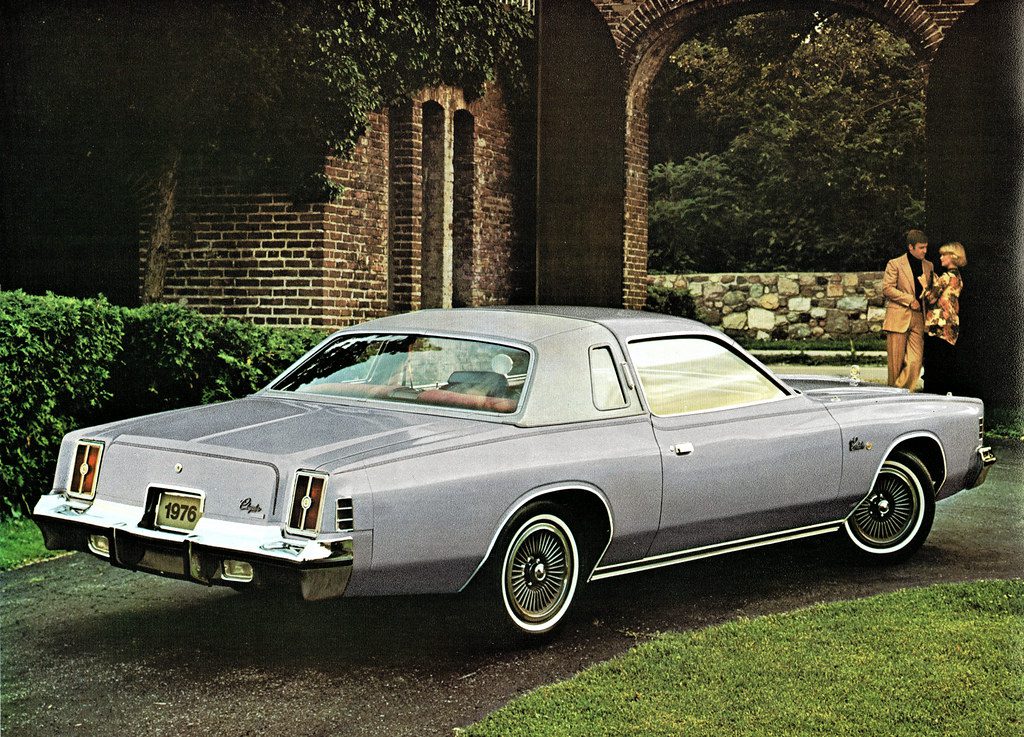
Landau roofs—those vinyl-covered sections that suggested your sedan desperately wanted to be a convertible—dominated luxury car styling from the 1960s through 1980s. These fabric coverings appeared frequently on Cadillacs and Buicks, serving as the automotive equivalent of a toupee—fooling no one while requiring significant maintenance.
Sun exposure inevitably transformed these coverings from sleek to shabby, creating cracked, faded surfaces that leaked during rainstorms. The style mercifully faded by the early 2000s as designers embraced cleaner aesthetics and materials that didn’t decompose in sunlight. Today, landau roofs exist primarily in the same category as disco balls and lava lamps—artifacts from an era when taste temporarily took a vacation. Yet like all automotive trends, they’ll likely return someday when enough time passes for ironic appreciation.
1. Car Phones
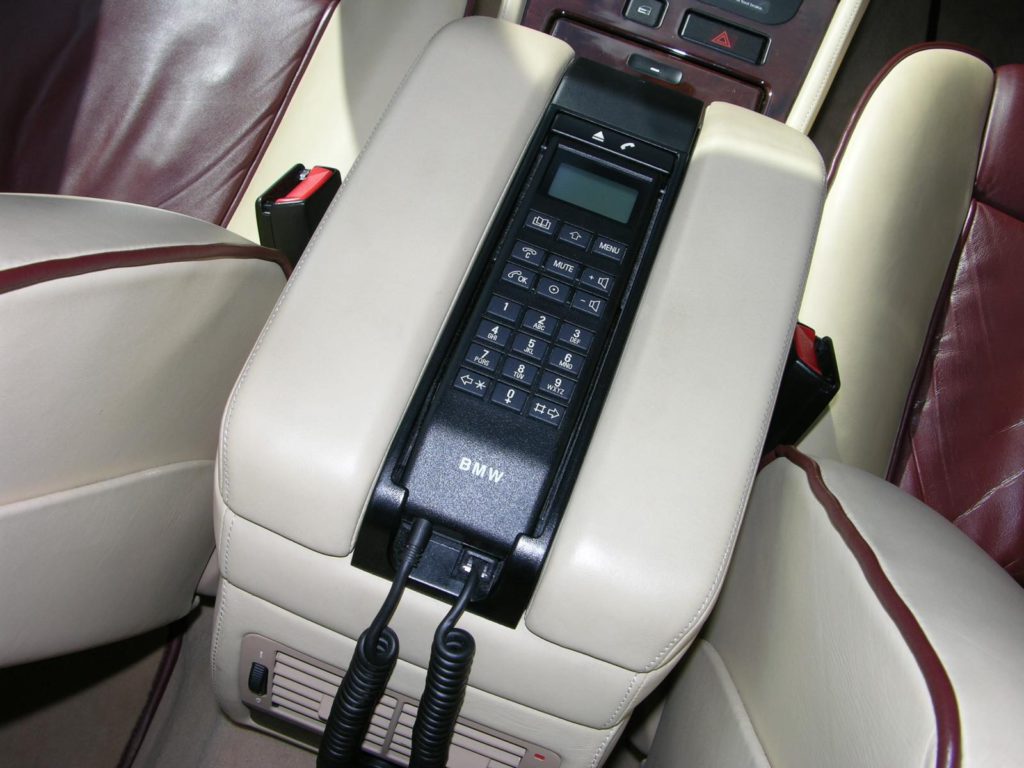
In-car telephones of the 1980s had roughly the same functionality as shouting out the window but cost thousands more. These status symbols, often installed in Porsches and luxury sedans, broadcast wealth more effectively than they transmitted calls, featuring reception quality comparable to two tin cans connected by wet string.
The massive handsets, curly cords, and prominent antennas made these devices impossible to use discreetly. Owners didn’t mind—visibility was entirely the point. The rapid evolution of cellular technology quickly rendered these early systems obsolete, replacing briefcase-sized equipment with increasingly pocket-friendly alternatives. Today’s seamless Bluetooth integration makes these original car phones seem as advanced as smoke signals, though they maintain strong nostalgic appeal for anyone who watched Miami Vice during its original run. Enjoyed this review on car features? You might also want to find out some car secrets that the most experienced drivers know.

